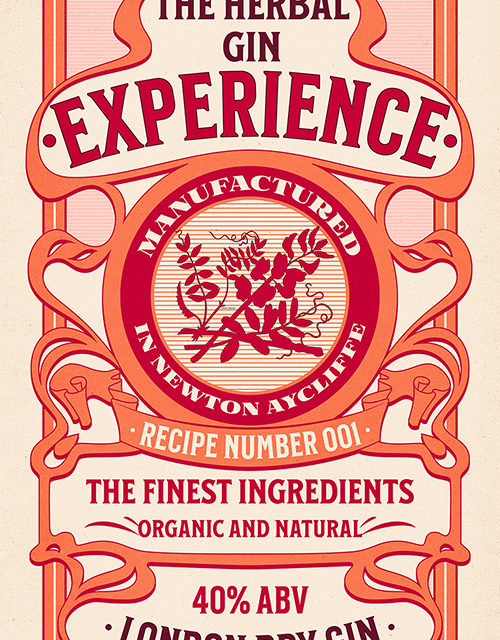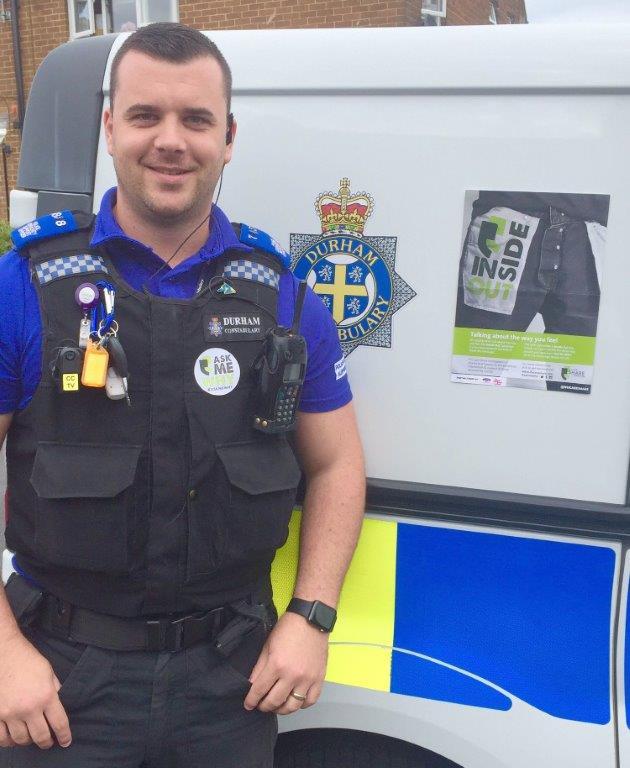The most asked questions at The Herbal Gin Company are about how we make our gin and how long it takes for the whole process.
The distillation process itself does not take long. Whereas whisky has to be kept in storage for a minimum of 3 years and a day, gin is fortunately much quicker to make. To understand the process of gin making, needs attention to detail. So here goes….
Our still is a beautiful 250 litre piece of equipment that digitally controls temperature to one tenth of a degree and to the individual second. Add to this our recipes of botanicals that weigh up to 1kg per distillation run, which are measured in turn to 0.1g and you have an accurate formula and process that allows for a reproducible product, distillation run after distillation run.
The distillation starts with a column rinse and tank wash. The column is relatively short compared to the column of an old fashioned still, the secret digitisation and mechanical elements of the distillation tower equate to an old distillation tower height of 15m, working to the same efficiency of distillation but with an accompanying significant improvement of energy efficiency (something close to our heart at The Herbal Gin Company).
Copper coils are then introduced into the column. These coils assist in the flavour-making, as the distillation vapour has to work its way past the coils, in order to rise to the top of the still. In doing so, flavour production is improved.
However, first things first. The still needs to be filled with a 250 litre mixture of water and ethyl alcohol, the ABV needed to produce an ideal alcohol concentration is 33% (i.e. 1L of 100% alcohol for every 2L of water).
This is then heated up by an oil filled jacket that surrounds the still. Stills can be heated by this oil jacket method or by an immersion coil. The coil option is no different in truth to an electric kettle – effective but limited. The oil jacket gives more options for heating such things as potatoes – thereby making a lovely potato vodka (something we are keen to try in the future). At the moment though, we restrict ourselves to water, alcohol and botanicals whilst distilling.
The botanicals are measured with pinpoint accuracy and enclosed in a linen bag that is gently agitated 9 times a minute whilst heating, as the alcohol, water and botanical combination is heated.
Alcohol boils at 78 deg C. Water boils at 100 deg C. This means that, as the mixture within the still is heated, the first thing to vapourise is mainly alcohol. However, this is where heads, hearts and tails come in….
Heads – this is the first thing to be collected. Don’t shout about it though, it’s only good for cleaning your windows (although it smells awesome and is indeed a fantastic window cleaner). This is because it doesn’t taste great, and if there is any methanol anywhere, this is where it will be collected.
Hearts – this is the awesome stuff. Collecting 80L or so of 76% ABV gin is a lovely thing to behold. If you are brave enough to sample a (very) small amount, it tastes almost creamy! Often any citrus added to the recipe will be predominant at this first stage of the hearts draining, adding to the intensity of flavour as the first drops appear.
Tails – this is less good to taste. Remember that we are heating up botanicals in water/alcohol and just as happens to tea when the bag is left too long in the pot, the same happens with gin. This is where the all important decision about ‘making the cut’ comes into the distillers remit. We will not give away our secret, suffice to say that our ‘cut’ comes earlier than most. We value quality of product over volume production and so our yield is less than some may demand for their distillation runs but we feel the sacrifice is more than worth it for the quality of end-product.
The distillation then finishes and the hearts are left to ‘rest’ after adding water to the solution to allow for the magical 40% ABV to be obtained.
The following week we bottle. Many people ask why we leave the gin resting for all this time. Whilst we cannot define what exactly happens during this time (nobody can), be assured that the resting time adds to the flavour.
Thereafter, bottling, labelling and sealing are undertaken to allow for our end product.
In articles to come, I will discuss recipe development, in particular what makes a good recipe and what does not. In the meantime, I hope that this article has stimulated your taste buds sufficiently to investigate further.
Indeed, if you are interested in making your very own gin recipe, then come along to our Herbal Gin Experience where you can become a distiller for a day but make a recipe that will last a lifetime.
https://www.theherbalgin.com/the-herbal-gin-experience
Cheers
Colin & Wayne
The Herbal Gin Company
Gin Making – Heads, Hearts & Tails . . .











